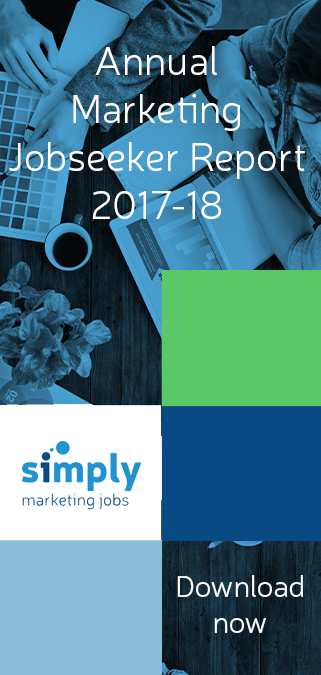In a world where recruiting methods like social recruiting are becoming more and more widely used, it’s important to pay attention to your personal brand online. In particular, your LinkedIn profile has the potential to be a powerful jobseeking tool as recruiters are discovering many candidates through the platform.
Recruiters are starting to find that LinkedIn profiles can generally give a better overview of a candidate’s skills and personal interests than a traditional CV and cover letter. So, whether you’re a complete LinkedIn beginner or already set up and active on the platform, here are five tips that will help you make the most of your profile.
1. Get your profile up to scratch
This is key in creating a positive first impression and standing out from the crowd.
First up, make sure you include all the basics. Make sure that employers can find out quickly what your past experience, your education and your qualifications includes. Keep it tidy and include brief descriptions and upload any examples of your best work that you feel would be beneficial for an employer to see.
Add a photo of yourself – looking professional of course – this is the first impression of you the recruiter is going to get so make sure you choose an appropriate image. LinkedIn says that you are seven times more likely to be found in searches if you add a profile picture, so this really is a must.
You can also change the background photo on your profile. This is another opportunity to make your profile stand out visually. You can use this space to show off some the work you’re most proud of or maybe a photo of you speaking at an event.
Take some time to work on your profile headline. This will automatically be set to your current job, however, you can customise it and help your profile stand out a bit more. If you are the brand, then the headline is your tagline, so it is definitely worth thinking carefully about what you want it to say about you.
You can also personalise your LinkedIn URL. This will help your LinkedIn page appear high up on search engine results pages if someone is looking for you on Google.
Finally, use the summary section to tell your story. The key is to keep this concise and make it keyword rich. Don’t fill it with overused words like ‘passionate’ or ‘motivated’ and instead go for terms that relate more directly to the roles you’re looking for. This will make it easier for the right employers to find you.
2. Get recommendations from your colleagues
This is a great way of backing up what you’ve said in your summary and experiences sections. Getting a strong recommendation from one of your current or past colleagues is a vote of confidence in you that a potential employer will take notice of. Ask those you’ve worked with closely and those who have managed you to give you recommendations. They will be able to write genuine and detailed recommendations for you.
3. Get involved
Start networking. Join groups relevant to your role or your dream role and get involved in discussions. This will help you find others within your own field and help to build up your network. You will then be more visible to employers looking to recruit in your area of expertise.
You can also use the LinkedIn Publisher to start getting your own views out there or starting discussions yourself. This is a great way to promote your personal brand.
4. Build your network
As well as getting involved in discussions and joining groups, start connecting with the people you find there. As you build up your network with other people in your field you are more likely to find yourself more closely connected to the right recruiters.
Don’t be shy about introducing yourself to other professionals in your industry or about asking your connections to make introductions. If you want to make it more likely for someone you don’t know to accept your request to connect, you can add a message to introduce yourself and explain why you’d like to connect.
5. Keep your profile up to date
Finally, make sure that you put aside a little bit of time to regularly log on and keep your profile up to date. It is important to build up your network before you need it so that if you find yourself unexpectedly out of a job, you already have the tools to find your next role.
Download our LinkedIn Guide
UK Job prospects at six-year-high
Here’s some good news for jobseekers in the UK, including those working in sales and marketing. Job prospects for the final quarter of this year look their brightest for six years, a study has found. Jobs are being created in business services, engineering, finance, and green energy. In fact every sector apart from construction is hiring more people than they’re firing.
10 ways to stay motivated when job-hunting
Receiving rejection letters, emails and phone calls can be a tough part of the job-hunting process. Worse still are those days of hearing nothing at all from potential employers, even when you have slogged over countless application forms.
How do I return to marketing after a career break?
There are numerous reasons why marketing professionals might take a break from the profession, and return later in their life. There may be family commitments, a desire to work abroad for a while, or to try something different such as teaching or setting up an e-commerce business.





